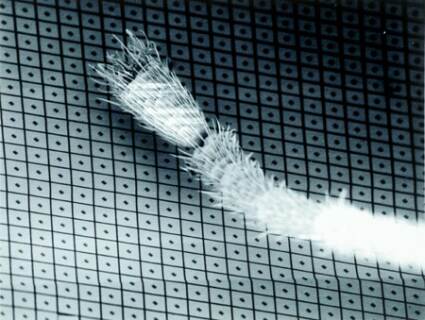Home Theater Cinema Paradiso With Video Projectors
Advantages And Disadvantages Of DLP Technology
Advantages
Compared to competing technologies, DLP offers a brilliant, colorful, clear image with good contrast. Since the space between each micro-mirror is less than one micron, the space between pixels is greatly limited. As a result, the final image seems sharper. Thanks to the use of mirrors, light loss is greatly reduced and light output is fairly high. Compared to projectors using LCD technology, DLP also offers deeper blacks.
Disadvantages
The only real disadvantage of DLP projectors is what devotees call the "rainbow effect." Consumer DLP projectors use a transparent colored disk (chromatic wheel) which turns in front of the lamp. This disk, divided into several primary colors, reconstitutes all the final colors. These primary colors are positioned like the slices of a pie. Depending on the projector, there can be 3 segments (1 red, 1 green and 1 blue), or 4 segments (1 red, 1 green, 1 blue and 1 white), 6 segments (1 red, 1 green, 1 blue, then 1 red, 1 green and 1 blue again), and even 8 segments with several white ones. The fewer the segments, the less rapidly the disk turns, and the more capable the eye is of breaking down the colors. This means that you sometimes see what looks like a rainbow, especially in light areas of the image. Fortunately, not everyone sees these rainbows. So before buying a DLP projector, be sure to view a few video sequences.
Electron-microscope image of an ant's leg placed on a DMD matrix.
Get Tom's Hardware's best news and in-depth reviews, straight to your inbox.
Current page: Advantages And Disadvantages Of DLP Technology
Prev Page And There Was Light Next Page LCD Technology